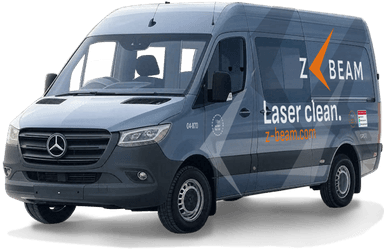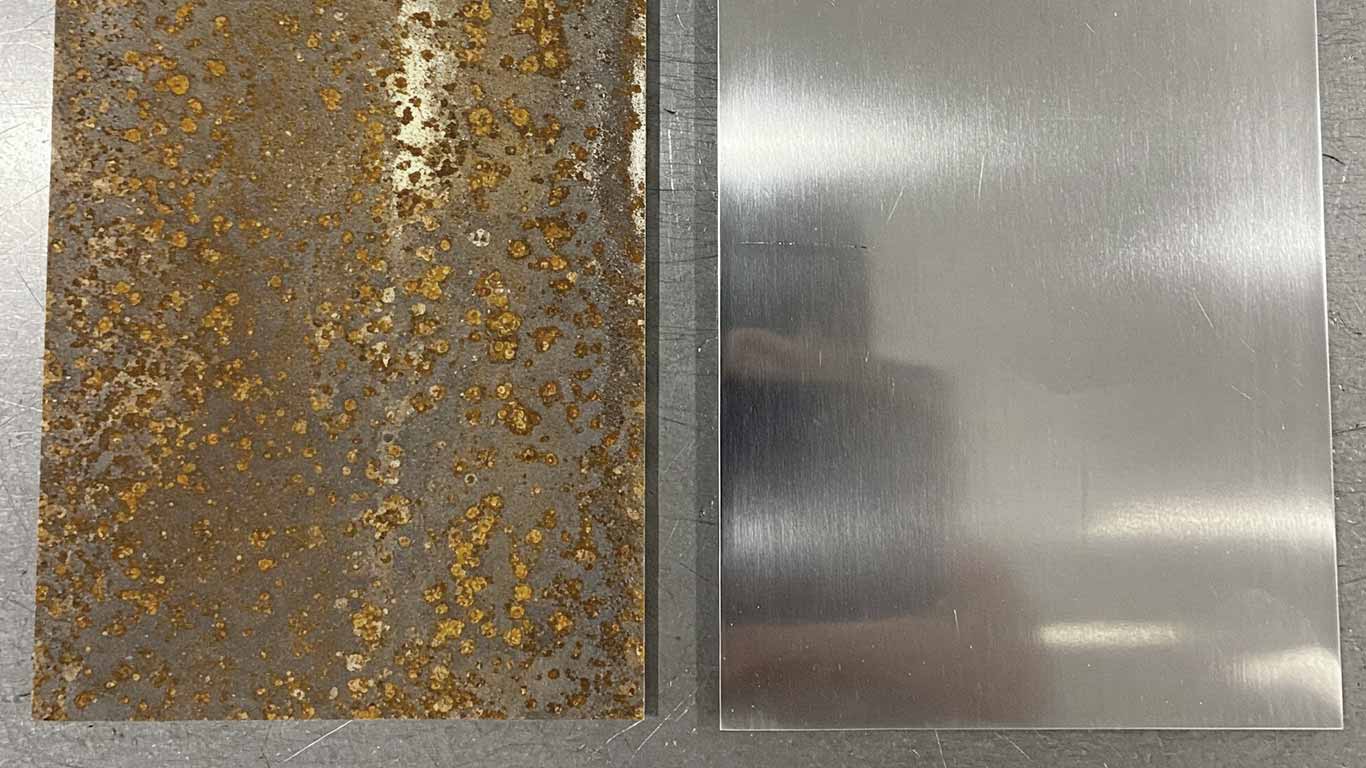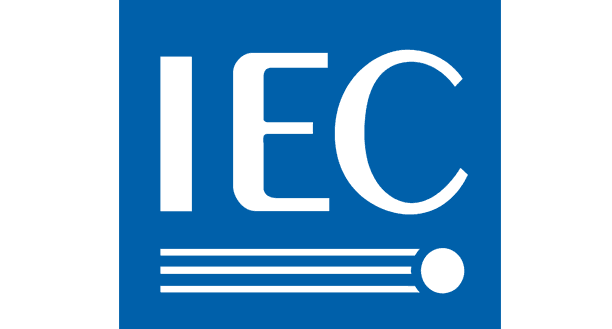
ANSI
ANSI Z136.1 - Safe Use of Lasers



When laser cleaning stainless steel, start by adjusting the power to manage its natural resistance to oxidation, which preserves surfaces in harsh marine or chemical environments. Be sure to avoid overheating that could warp the material, while effectively removing contaminants without harming its durable finish.
At 1000x magnification, the stainless steel surface looks rough and uneven before cleaning. Dark spots and tiny debris cling tightly to the metal. Scratches and buildup make it seem dull overall.
After laser treatment, the same view shows a smooth and uniform surface. The metal gleams with a clean, even shine. No more spots or roughness disrupt the finish.

ANSI Z136.1 - Safe Use of Lasers

IEC 60825 - Safety of Laser Products

OSHA 29 CFR 1926.95 - Personal Protective Equipment